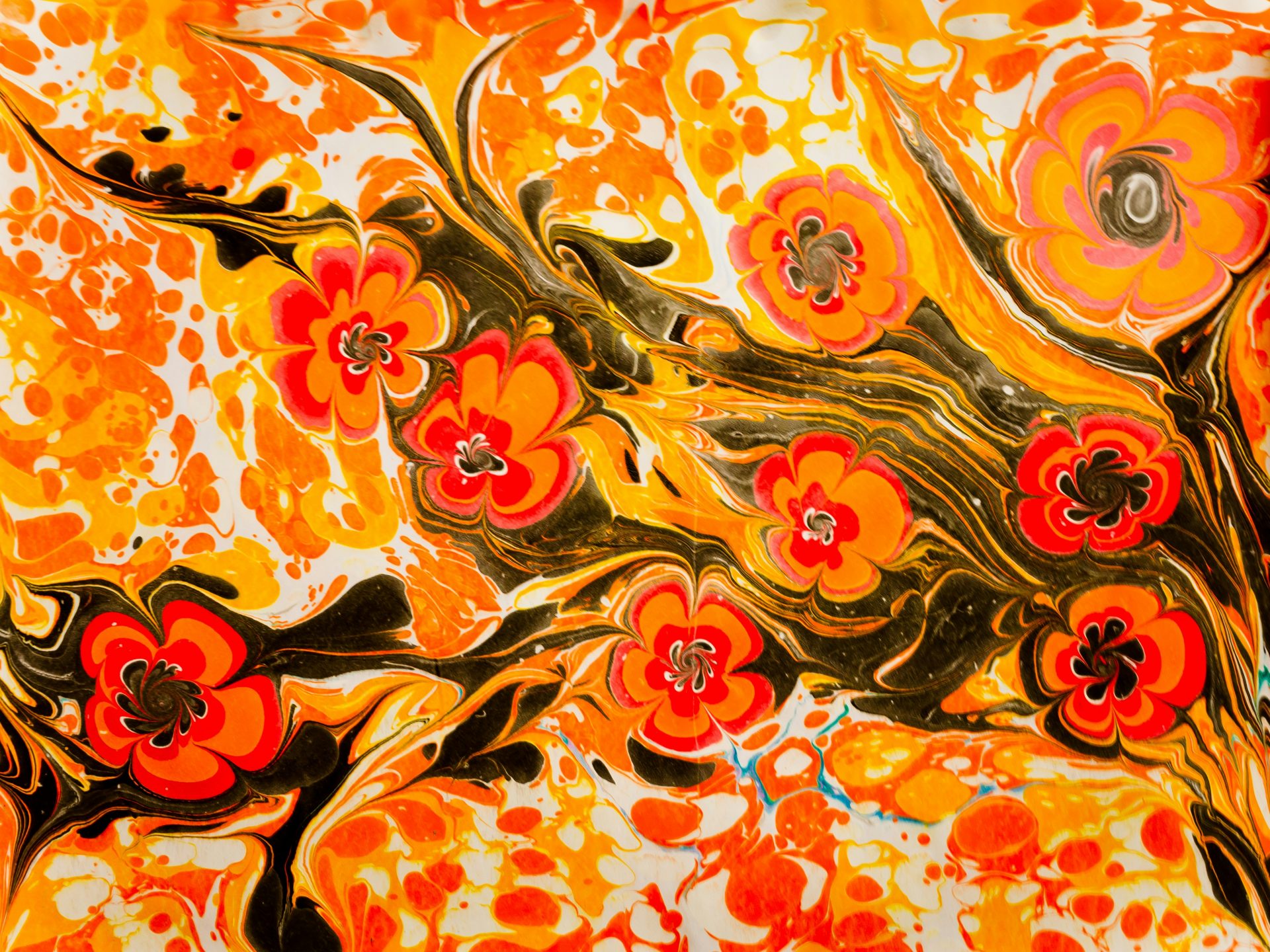Vishnu: Preserver of the Universe

Hey there, amazing readers! 🖐️ Just a quick note: yes, we know there are a lot of ads here. Trust us, we get it—it’s not the prettiest look, but they help us keep this blog alive and kicking. Those pesky little ads cover the costs of all the behind-the-scenes magic, from hosting and tech stuff to creating content we hope you’ll love.
We’re committed to delivering quality posts, and your support (even just sticking around despite the ads) means everything to us. So, bear with us, and thanks for helping us keep the good vibes rolling. Now, on to the fun stuff! 😉
TRANSLATE BUTTON AT THE END OF THE ARTICLE
A Quick Overview
Vishnu is one of the principal deities in Hinduism, known as the preserver of the universe.
With his consort Lakshmi, he maintains cosmic order and balance, ensuring the continuity of creation.
Vishnu is revered by millions of Hindus worldwide and is often depicted as a blue-skinned deity holding a discus, conch shell, mace, and lotus flower.
His role in Hindu mythology is crucial, as he is believed to incarnate on Earth in various forms known as avatars to restore balance and righteousness.
Introduction to Vishnu
Vishnu is one of the Trimurti, the three main deities in Hinduism, alongside Brahma the creator and Shiva the destroyer.
He is often depicted as a benevolent deity who protects and sustains the universe.
Vishnu’s name means "the one who pervades everything" and is associated with qualities such as mercy, kindness, and compassion.
Devotees of Vishnu believe that he is omnipresent and can manifest in various forms to help those in need.
Origins of Vishnu in Hindu Mythology
According to Hindu mythology, Vishnu is said to have emerged from a giant golden egg known as the Hiranyagarbha or the cosmic egg.
He is often described as having four arms representing his omnipresence and omnipotence.
Vishnu is believed to have appeared in various incarnations or avatars throughout history to protect the world from evil forces and restore dharma (righteousness).
Attributes and Symbols of Vishnu
Vishnu is typically depicted with blue skin, holding four symbolic objects: a conch shell (shankha), a discus (chakra), a mace (gada), and a lotus flower (padma).
Each of these symbols represents different aspects of his power and authority.
The conch shell symbolizes the sound of creation, the discus represents the mind and cosmic energy, the mace symbolizes mental and physical strength, and the lotus flower symbolizes purity and beauty.
Vishnu’s Role as the Preserver of the Universe
Vishnu’s primary role is to preserve the universe and maintain cosmic order.
He is responsible for upholding righteousness and ensuring the continuity of creation.
Vishnu is believed to intervene whenever the world is threatened by chaos and destruction, taking on various avatars to restore balance and harmony.
His presence is crucial in maintaining the delicate balance between good and evil in the universe.
Vishnu’s Consorts and Avatars
Vishnu is often depicted with his consort Lakshmi, the goddess of wealth, prosperity, and beauty.
Together, they represent the ideal divine couple who embody love, harmony, and abundance.
Vishnu has ten main avatars known as the Dashavatara, including popular incarnations such as Rama and Krishna.
Each avatar serves a specific purpose and teaches important lessons to humanity.
Vishnu’s Relationship with Other Hindu Deities
Vishnu is closely associated with other major deities in Hinduism, such as Brahma and Shiva.
While Brahma is the creator and Shiva is the destroyer, Vishnu plays the role of the preserver who ensures the continuity of the universe.
The Trimurti concept illustrates the interconnectedness of these deities and highlights the cyclical nature of creation, preservation, and destruction.
Worship and Festivals dedicated to Vishnu
Devotees of Vishnu often worship him through prayers, rituals, and devotional practices.
Special festivals such as Vaikuntha Ekadashi and Rama Navami are dedicated to honoring Vishnu and his avatars.
Pilgrimage sites like Vaikuntha, Tirupati, and Badrinath are popular destinations for Vishnu devotees seeking spiritual blessings and fulfillment.
Vishnu’s Influence on Art and Culture
Vishnu has been a central figure in Hindu art and culture for centuries, inspiring countless paintings, sculptures, and literary works.
His iconic form and avatars have been portrayed in various art forms, showcasing his divine attributes and heroic deeds.
Vishnu’s influence extends beyond religious contexts, shaping moral values, social norms, and spiritual beliefs in Hindu society.
Stories and Legends about Vishnu
Numerous myths and legends surrounding Vishnu highlight his compassion, wisdom, and valor.
Stories of his epic battles with demons, his divine interventions to protect the world, and his enduring love for his devotees are popular themes in Hindu mythology.
The Ramayana and Mahabharata, two ancient epics, feature Vishnu’s avatars Rama and Krishna, respectively, showcasing his divine prowess and moral teachings.
Temples and Pilgrimage Sites dedicated to Vishnu
Vishnu is worshipped in temples and shrines dedicated to him across India and other parts of the world.
Some of the most famous Vishnu temples include the Venkateswara Temple in Tirupati, the Badrinath Temple in Uttarakhand, and the Jagannath Temple in Puri.
These sacred sites attract millions of devotees each year who seek blessings and spiritual fulfillment from the preserver of the universe.
Vishnu’s Teachings and Moral Values
Vishnu’s teachings emphasize the importance of righteousness, compassion, and devotion to God.
He teaches his devotees to lead a virtuous life, uphold moral values, and practice selfless service to others.
Vishnu’s avatars serve as role models for humanity, demonstrating the qualities of bravery, integrity, and humility that are essential for leading a meaningful and purposeful life.
Contemporary Significance of Vishnu in Hinduism
In modern Hinduism, Vishnu continues to be a revered deity who symbolizes protection, sustenance, and divine grace.
His presence in daily prayers, rituals, and festivals reaffirms his timeless relevance and significance in the lives of millions of devotees.
Vishnu’s teachings of love, compassion, and righteousness serve as guiding principles for navigating the complexities of the modern world and cultivating spiritual awareness and enlightenment.
Conclusion
Vishnu, the preserver of the universe, holds a central place in Hindu mythology and religious practices.
His role in maintaining cosmic order and upholding righteousness is revered by millions of devotees worldwide.
Through his avatars and teachings, Vishnu continues to inspire moral values, spiritual devotion, and cultural traditions in Hindu society.
As a symbol of protection, sustenance, and divine grace, Vishnu remains a timeless and influential deity in the hearts and minds of his followers.

The Enlightenment Journey is a remarkable collection of writings authored by a distinguished group of experts in the fields of spirituality, new age, and esoteric knowledge.
This anthology features a diverse assembly of well-experienced authors who bring their profound insights and credible perspectives to the forefront.
Each contributor possesses a wealth of knowledge and wisdom, making them authorities in their respective domains.
Together, they offer readers a transformative journey into the realms of spiritual growth, self-discovery, and esoteric enlightenment.
The Enlightenment Journey is a testament to the collective expertise of these luminaries, providing readers with a rich tapestry of ideas and information to illuminate their spiritual path.
Our Diverse Expertise 🌟
While our primary focus is on spirituality and esotericism, we are equally passionate about exploring a wide range of other topics and niches 🌍📚. Our experienced team is dedicated to delivering high-quality, informative content across various subjects ✨.
To ensure we provide the most accurate and valuable insights, we collaborate with trusted experts in their respective domains 🧑🏫👩🏫. This allows us to offer well-rounded perspectives and knowledge to our readers.
Our blog originally focused on spirituality and metaphysics, but we’ve since expanded to cover a wide range of niches. Don’t worry—we continue to publish a lot of articles on spirituality! Frequently visit our blog to explore our diverse content and stay tuned for more insightful reads.





